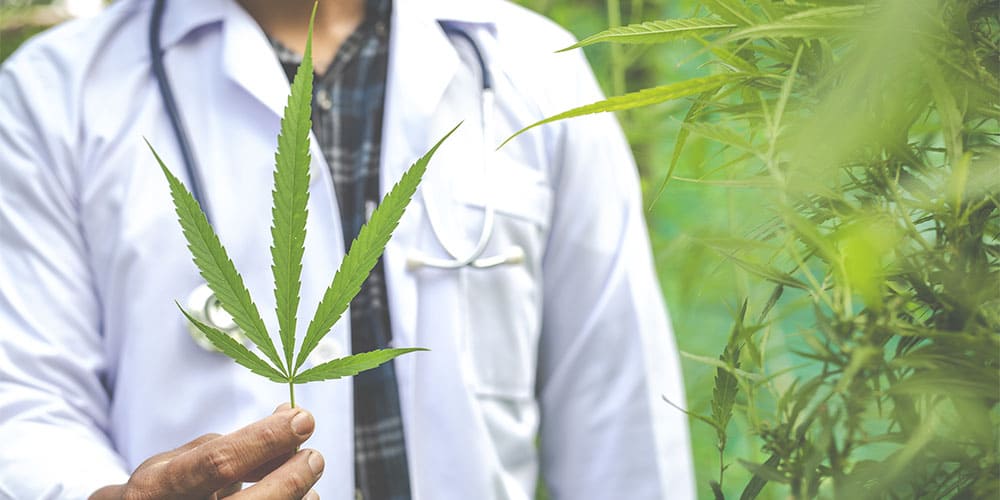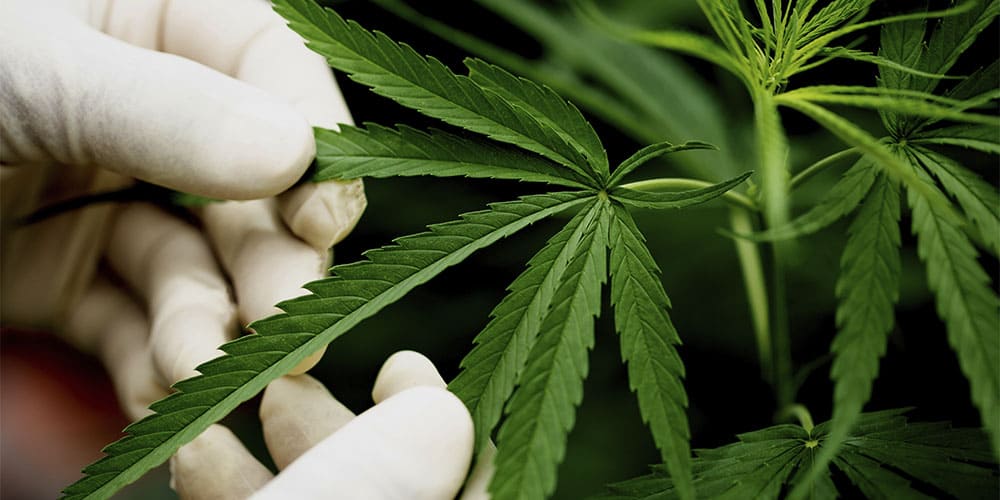50-Year Evolution of Cannabis THC Levels

Cannabis THC levels have long been a subject of fascination across diverse cultures around the globe. Ancient civilizations, including the Scythians, Chinese, Japanese, and Persians, incorporated cannabis into their societies. They were drawn to its unique effects, appreciating its benefits without a comprehensive understanding of its chemical properties. This enduring interest highlights the plant’s historical significance.
In the mid-20th century, a pivotal shift occurred in the scientific community’s approach to cannabis. Researchers embarked on a quest to decode the complexities of cannabis cannabinoids. Their efforts led to groundbreaking discoveries, illuminating the intricacies of THC and other compounds. This new knowledge offered insights into the questions that had puzzled civilizations for millennia.
- For tourists who use weed: valley, museums, events
- A Concise History of Hemp in the United States
- Cannabis in pop-culture: iconic movies and songs
The Dawn of Cannabinoid Science

The pioneering work in cannabinoid research began in earnest during the 1940s and ’50s. This era marked the initial isolation of cannabinoids, with the first being Cannabinol in 1940. This discovery was significant, laying the groundwork for future research in the field. However, the most renowned compound, Tetrahydrocannabinol, remained elusive until a few years later.
It was not until 1942 that THC was finally isolated, a milestone in cannabinoid research. The subsequent synthesis of THC was accomplished in 1964 by the Israeli scientist Raphael Mechoulam. Before these groundbreaking discoveries, accurately understanding the THC content in cannabis was an impossibility, hindering scientific understanding of the plant’s effects.
Experience the powerful and tasty Kush Mints in a new, convenient cartridge form. This potent hybrid strain strikes a perfect balance between relaxation and euphoria, appealing to cannabis connoisseurs. Its refreshing minty flavor, combined with a high THC content, makes the Kush Mints cartridge an ideal choice for those seeking a strong and enjoyable smoking experience.
Cannabis in the 1960s and 70s: A Milder Era

During the psychedelic era of the 1960s and ’70s, cannabis was a staple among hippies grooving to the tunes of The Doors, Led Zeppelin, and Jimi Hendrix. However, the marijuana of that time was far less potent than today’s strains. One reason was its lower quality, exacerbated by the plant’s illegality. An ounce of cannabis (approximately 28 grams), costing about $20, often contained seeds and stems, reducing its potency.
The U.S. government began testing cannabis for THC content in 1972. Initial findings suggested that most samples contained just 3-4% THC. However, these figures may have been affected by the degradation of THC into CBN due to improper storage and time elapsed since harvest. Additionally, the gas chromatography method used then was less reliable for cannabis analysis compared to today’s liquid chromatography techniques.
Discover the uplifting experience of Statue Of The Liberty Haze Sauce Cart. With its cerebral sativa effects from its G13 and Chemdawg lineage, Liberty Haze offers a unique, thought-stimulating high. Perfect for sativa lovers seeking a flavor-rich and elevating experience.
The 1980s and ’90s: A Shift in Cultivation

In the 1980s, the landscape of cannabis cultivation underwent a significant shift with the rising popularity of home-grown cannabis. This trend was largely attributed to advancements in hydroponic cultivation techniques, which allowed enthusiasts and cultivators to grow plants more efficiently and effectively. Despite official reports from this era suggesting a decline in the potency of cannabis, these claims were often met with skepticism. The reliability of these reports was questionable, considering the variable age and storage conditions of the cannabis samples they analyzed. This discrepancy hinted at a possible underestimation of the true potency levels in home-grown strains.
A pivotal study in understanding the evolution of cannabis potency was published in “Biological Psychiatry” in 2016. This comprehensive analysis examined close to 39,000 cannabis samples collected over nearly two decades, from 1995 to 2014. The findings were revealing: in 1995, the average THC content was around 4%, indicative of relatively mild effects. However, the legalization of medical marijuana in California in 1996 marked a significant turning point. Post-legalization, there was a notable shift towards the cultivation of progressively stronger strains. This development reflected a growing demand and acceptance of cannabis, leading to innovations in breeding and cultivation techniques aimed at increasing THC content.
The 2000s and Beyond: A Surge in Potency

By the early 2000s, a significant shift occurred in the cannabis market with the increasing prevalence of sinsemilla, or seedless cannabis. This type of cannabis was highly sought after for its enhanced potency and quality. As a result of these and other advancements in cultivation techniques, the potency of cannabis saw a substantial increase. By 2014, a notable change was observed in the composition of cannabinoids: average THC levels had climbed to around 12%.
In the modern era, cannabis strains boasting THC levels exceeding 20% are no longer considered exceptional but rather a part of the diverse range of products available to consumers. This surge in ultra-high potency strains reflects both advancements in genetic engineering and a market driven by demand for stronger effects. However, claims of strains containing over 30% THC are often met with skepticism from experts in the field.
Reflecting on the Evolution

It’s evident that contemporary cannabis is more potent than its historical counterparts. However, this doesn’t necessarily imply that the plant itself has fundamentally changed. Traditional strains, like those from the Hindu Kush mountains, remain popular. The apparent surge in potency in recent years is partly attributed to advanced breeding techniques and perhaps also to a shift in market dynamics, where high-THC strains are more sought after.
The “Godfather OG” strain, reported by High Times in 2017 to have a staggering 34% THC, exemplifies this trend. This is a significant leap from the 4% average of two decades ago. Whether due to cannabinoid profile manipulation or not, today’s cannabis consumers have access to a wider array of potent and enjoyable strains.
While the basic nature of cannabis may not have undergone a dramatic transformation, human understanding and cultivation practices have evolved, leading to the diverse and potent varieties available today.
Elevate your day with APE Blunt Kool Aid, a Sativa-dominant strain offering a surge of energy and strength, ideal for day use. Indulge in its unique blend of grape and lavender aromas, with sweet, fruity flavors and a kush undertone. Experience potent relaxation and euphoria, perfect for stress and pain relief, with a high 32% THC content.















